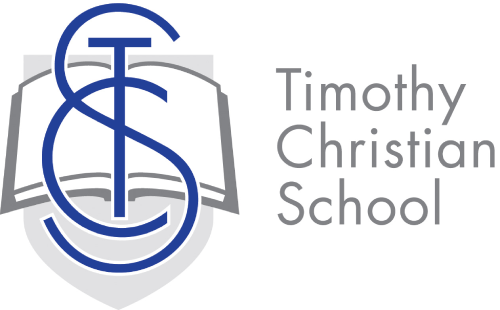Dental Terms
Malocclusion and Orthodontics Winchester
Malocclusion, commonly referred to as crooked teeth or a "poor bite," occurs when the teeth or jaws do not align properly. It can be corrected through orthodontic treatment provided by qualified specialists.
Orthodontists are dental professionals trained to diagnose and manage various types of malocclusion. They use different tools and techniques — such as braces, aligners, or other corrective appliances — to gradually move teeth and improve the overall bite and facial harmony.
Malocclusion may result from genetic factors or environmental influences. Common causes include insufficient or excessive space for teeth in the jaw, thumb-sucking, prolonged pacifier use, and premature tooth loss, which can all contribute to misaligned teeth.
Recognizing Malocclusion
The most noticeable signs of malocclusion are crooked, crowded, or protruding teeth. While mild cases may primarily affect appearance, more severe misalignments can interfere with chewing, speech, or oral hygiene.
Early Detection and Evaluation
Regular dental checkups play a key role in identifying potential alignment issues at an early stage. The American Association of Orthodontists recommends that children have their first orthodontic evaluation by age 7 to assess jaw growth and tooth positioning.
Orthodontic Assessment
During an orthodontic evaluation, a specialist may:
- Review medical and dental history.
- Examine the mouth, teeth, and bite.
- Take X-rays and photographs of the face and jaw.
- Make an impression or digital scan of the teeth.
Dental Visits for Children
It is recommended that children begin regular dental visits around age 12 months to become familiar with dental care and allow early detection of any developmental issues. Routine checkups every six months help maintain good oral health and monitor growth.
Treatment Options
In children and teens, orthodontic treatment may involve the use of braces or aligners to straighten teeth and guide jaw development. In adults, braces can also help align teeth, though jaw repositioning might require surgical intervention.
Retention Phase
After active orthodontic treatment, retainers are commonly used to maintain the new tooth positions and prevent shifting over time.
Financial Considerations
Orthodontic care can represent a significant investment, and insurance coverage may vary. Understanding costs and available payment options before beginning treatment is an important step in the process.










